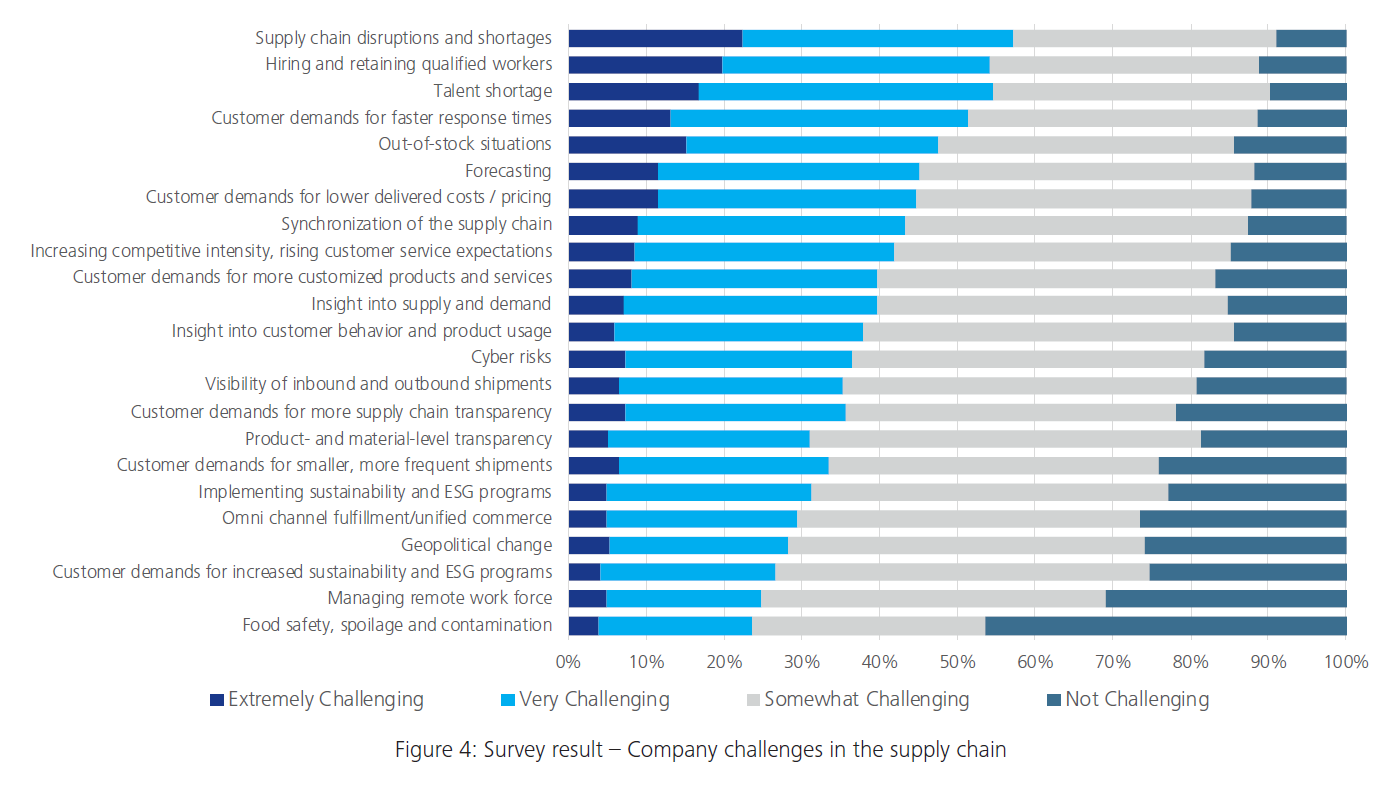workforce resilience
Navigating Supply Chain Challenges: Innovative Solutions

Navigating Supply Chain Challenges: Innovative Solutions
The global supply chain is facing unprecedented disruptions, requiring businesses to reassess and adapt to ensure continuity and resilience. In this article, we explore the challenges posed by supply chain disruptions and innovative solutions to navigate through these turbulent times.
Understanding Supply Chain Disruptions
Supply chain disruptions can arise from various factors, including natural disasters, geopolitical events, and unforeseen economic challenges. The interconnected nature of global supply chains means that a disruption in one part of the world can have cascading effects across industries. The COVID-19 pandemic has particularly highlighted the vulnerability of supply chains to unexpected shocks.
Impact on Businesses: From Delays to Shortages
The repercussions of supply chain disruptions are felt by businesses of all sizes. From delays in production and distribution to shortages of critical components, the disruptions can lead to increased costs, revenue loss, and potential damage to a company’s reputation. Businesses must proactively address these challenges to stay afloat in the face of uncertainty.
Technological Integration for Enhanced Visibility
One of the innovative solutions to supply chain disruptions is the integration of advanced technologies for enhanced visibility. Businesses are leveraging technologies such as Internet of Things (IoT) sensors, blockchain, and real-time analytics to gain insights into their supply chains. This increased visibility allows for better risk assessment, early detection of potential disruptions, and informed decision-making.
Diversification and Redundancy Strategies
To mitigate the impact of disruptions, businesses are adopting diversification and redundancy strategies. This involves diversifying supplier networks, sourcing materials from multiple regions, and maintaining safety stock levels. By spreading risk across different suppliers and geographic locations, businesses can enhance their resilience to unforeseen disruptions.
Strategic Partnerships and Collaboration
Collaboration is becoming a key component of supply chain resilience. Establishing strategic partnerships with suppliers, logistics providers, and other stakeholders creates a network of support. Collaborative efforts enable the sharing of information, resources, and expertise, fostering a more agile and responsive supply chain ecosystem.
Data-Driven Decision Making
Data-driven decision-making is paramount in navigating supply chain disruptions. Businesses are leveraging big data analytics to forecast demand, optimize inventory levels, and identify potential risks. The use of predictive analytics enables businesses to proactively respond to changes in market conditions and supply chain dynamics.
Supply Chain Transparency and Ethical Sourcing
Transparency in the supply chain is gaining prominence as companies and consumers alike prioritize ethical sourcing. Businesses are investing in technologies that provide end-to-end visibility, allowing consumers to trace the origins of products. Ethical sourcing practices not only build trust with consumers but also contribute to a more sustainable and resilient supply chain.
Reskilling the Workforce for Agility
The human element plays a crucial role in navigating supply chain disruptions. Businesses are reskilling their workforce to enhance agility and adaptability. Cross-training employees, fostering a culture of continuous learning, and investing in skills relevant to supply chain management contribute to a more versatile and resilient workforce.
Investment in Robust Risk Management Strategies
Supply chain disruptions necessitate a reevaluation and enhancement of risk management strategies. Businesses
